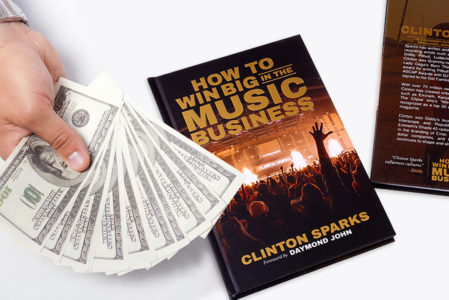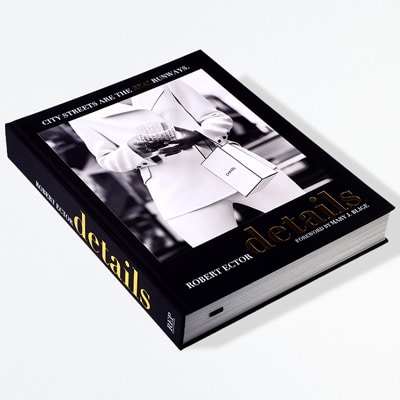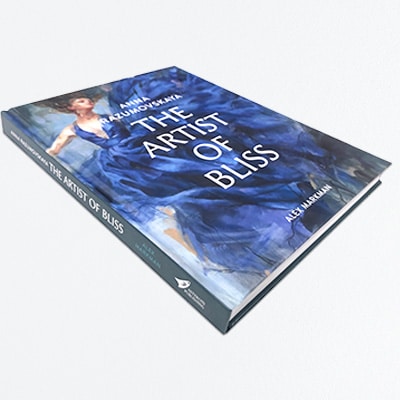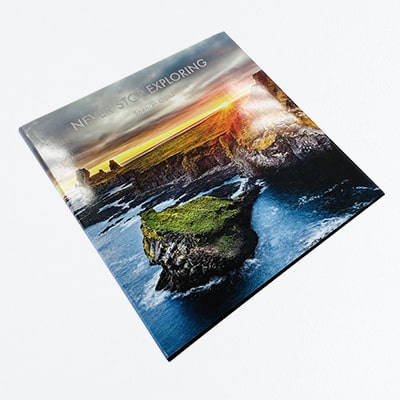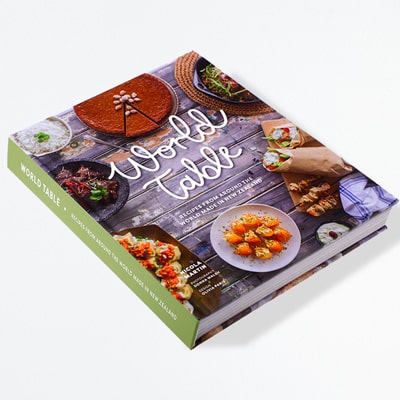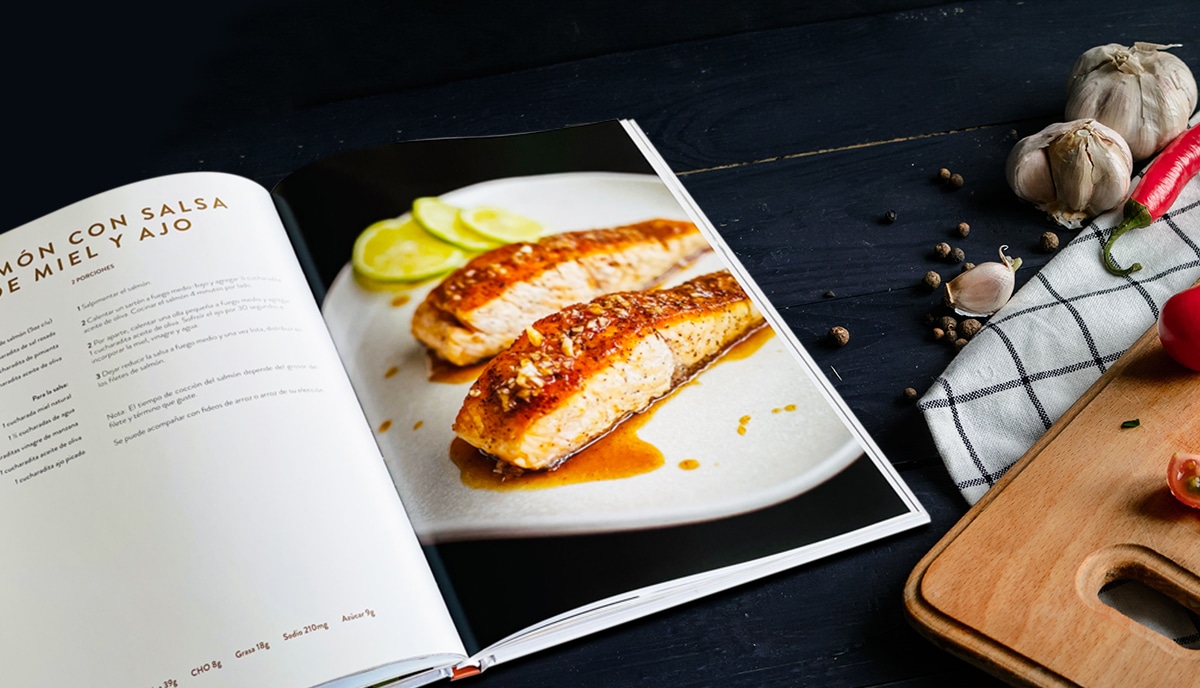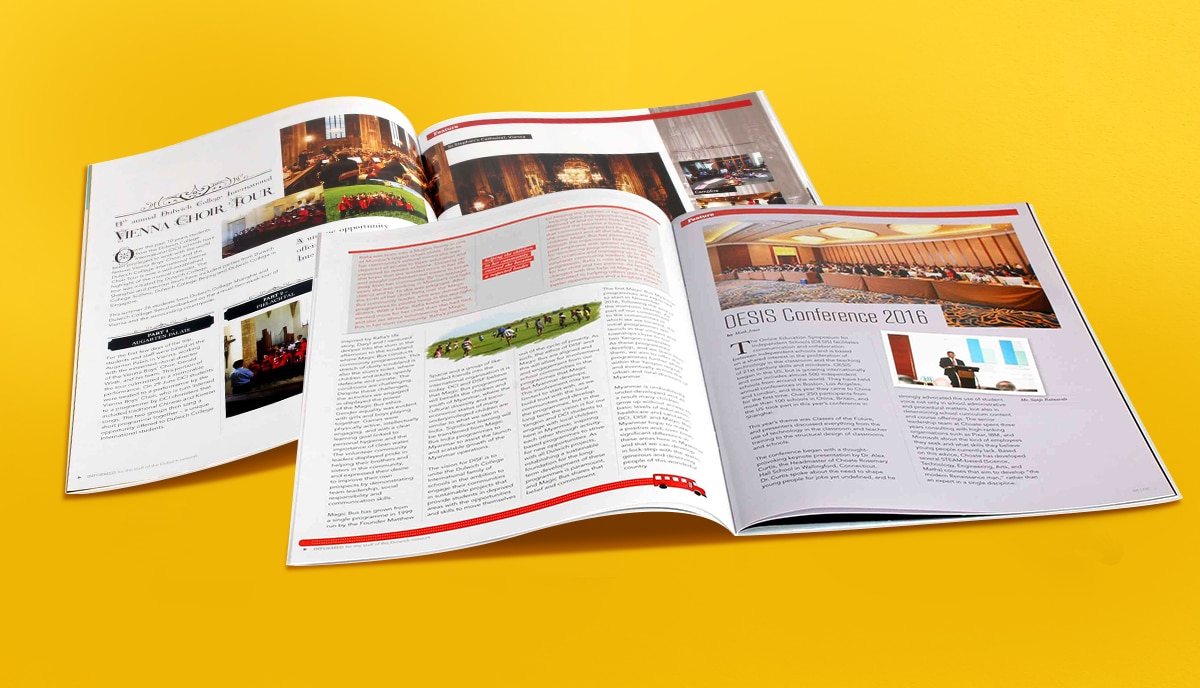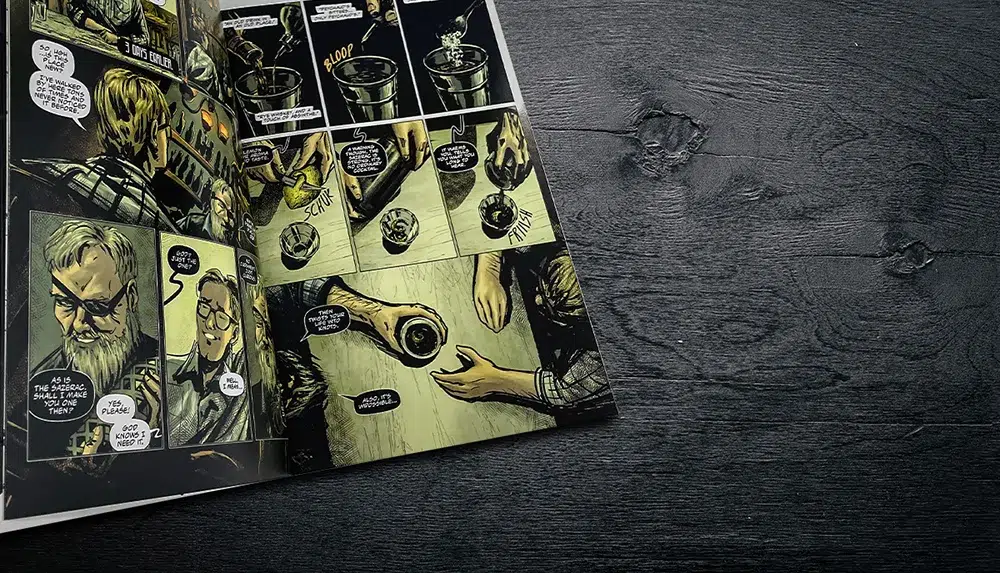Whether you’re an experienced self-publisher looking to up your game, a small press hoping to increase your market share, or just starting out and exploring your options, you may wonder if authors make more money from hardcover books or paperback. We answer that question here.
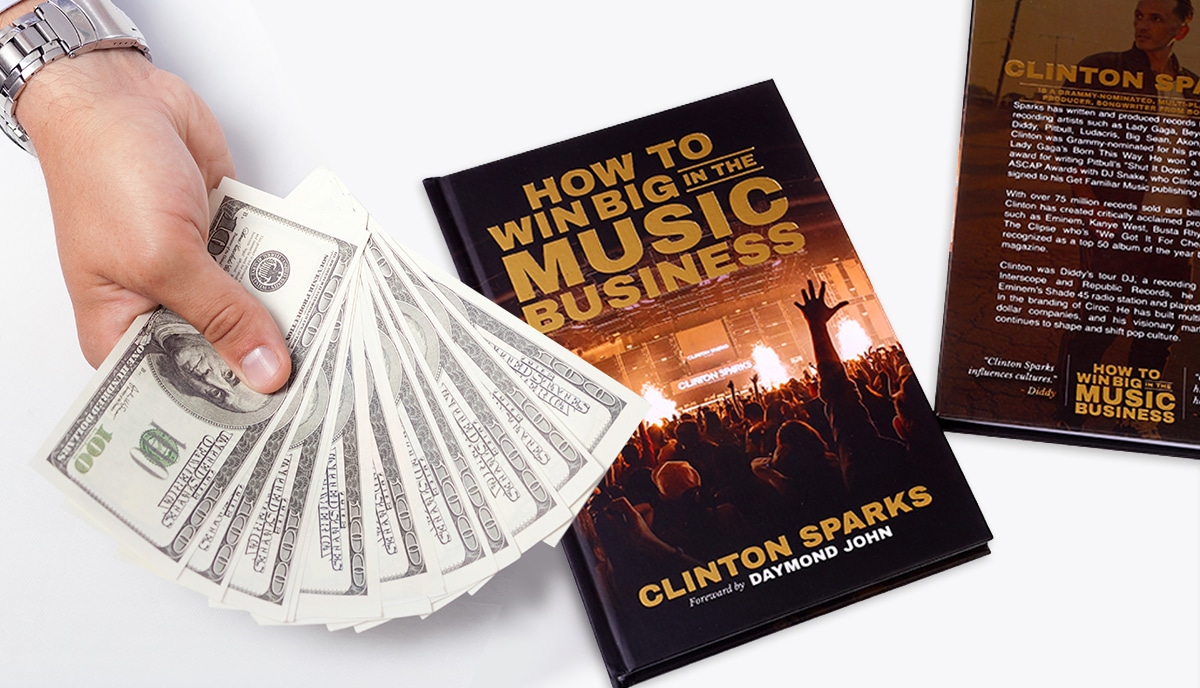
Since self-publishers — whether new to the business, old hands, or operating a small press — can choose from a variety of cover designs, deciding between hardback and paperback editions can be challenging. And while you’ll be thinking about your genre, your artistic aims, and your budget, you must also look to your financial profit margin. After all, you’re not just a creative writer; you’re running a business.
As an “authorpreneur”, to wonder, “Do authors make more money from hardcover books?” is a reasonable question and deserves an informed answer. But there are a lot of people and other factors to think about when trying to figure out which book cover design will sell the most copies for you. We’ve been successful in the international offset printing industry for well over 25 years now and work with mainstream publishing houses and independent publishers alike, helping them to print hundreds of thousands of paperback and hardcover books each year. So, we know what we’re talking about!
Which, then, has the higher copy sales?
Overall — as anyone in the professional offset printing or publishing industry will tell you — the volume of paperback sales is greater than the volume of hardcover sales. That’s a plain numerical fact. But before you think that settles the question, just pause a minute. Because the situation is more complex and subtle than that.
You see, the return on investment for hardcover books is better, allowing authors to make more money off of a smaller print run. We think that self-publishers especially should think about printing both cover styles — paperback and hardcover — as each has its own audience it targets. After all, that’s what the mainstream publishing houses we work with do. They use a “top and tail” approach. Let’s look at what that means.
So, the first short run edition is typically a hardcover. The purpose of this first hardcover run isn’t to make a profit. Most publishers are happy to break even while many accept it will be a “loss leader”. The first run hardcovers go out as review copies, for visual impact, and to get attention for the new release. If the sales are acceptable and the reviews good, then they’ll issue the first print run in paperback — which will be more copies — and really market and promote those. If sales are good and the paperback run makes a profit, there’ll be a subsequent paperback edition or a follow-up book if it’s a series. Once the book has established a solid fan base and sales are steady, they’ll then re-release hardback editions as “collector” items because they know they’ll sell. That’s the mainstream top-and-tail technique with hardcovers.
And it makes economic sense. Hardcovers are slightly more expensive to produce than paperbacks. But not that much more expensive. However, because of their perceived value, you can double or even triple the price tag on a hardcover edition compared to a paperback and still expect it to sell. When it comes to sending out review copies, hardcover is the way to go because, rightly or wrongly, it looks much more professional and is more likely to get attention.
It’s also important to note that in the book business, quantity isn’t everything. The key to long-term book sales success is making sure your work is offered in formats that appeal to as many potential buyers as possible. If you haven’t already done so, you should invest a little time and energy into finding out more about the many types of book covers, why people prefer one to another, and how you can determine which one will bring in the most revenue.
Hardcovers vs paperbacks
The major and most noticeable distinction between hardcover and paperback books is their presentation. Because of their unique qualities and advantages, certain types of consumers tend to be drawn to each. Remember that at least 25% of all book sales in the US alone are hardcovers. So, why do all these millions of people prefer them?
Most readers choose to spend their money on books in hardcover format for the following reasons:
- The quality and aesthetics of the covers are superb
- The higher perceived value and prestige
- They last longer and have a weightier quality to them.
- The paper is high-quality and the print is beautifully finished
- The cover art and photo quality are excellent
- They carry an air of superiority and just look better on bookshelves
- First edition hardcover books are often autographed by the authors
- They are collectible
- They may have added features like dust jackets and slipcases
So why do so many more people buy paperbacks, then? The answers are quite varied. But even as you look through the following list, remember that many readers, particularly true fans of an author or series, will buy both the paperback and the hardcover edition and then maybe a special compendium or boxset edition, too. But back to paperbacks:
- They are easy to pack and transport, making them ideal for vacations or business trips or to read on the daily commute
- They don’t cost a lot of money, so passionate readers can afford to buy more books more frequently
- They are comfortable to hold and lighter
- They’re more portable and take up less room in your tote or home library
- For students, aside from the price point, being able to annotate the margins without shame is a sure advantage!
These factors are general points and don’t necessarily coincide with all standard publishing practices, and they are certainly not the only ones that influence why readers choose particular book covers. However, they give you a good idea of the difference between a hardcover and a paperback edition and why readers may prefer one over the other.
The most important thing to remember is that different types of covers appeal to different readers for different reasons, and that while hardcore fans will probably invest in either or both cover styles, other readers may be reluctant to swap out their buying habits and preferences. As a result, self-published writers risk alienating potential fans by publishing only one option.
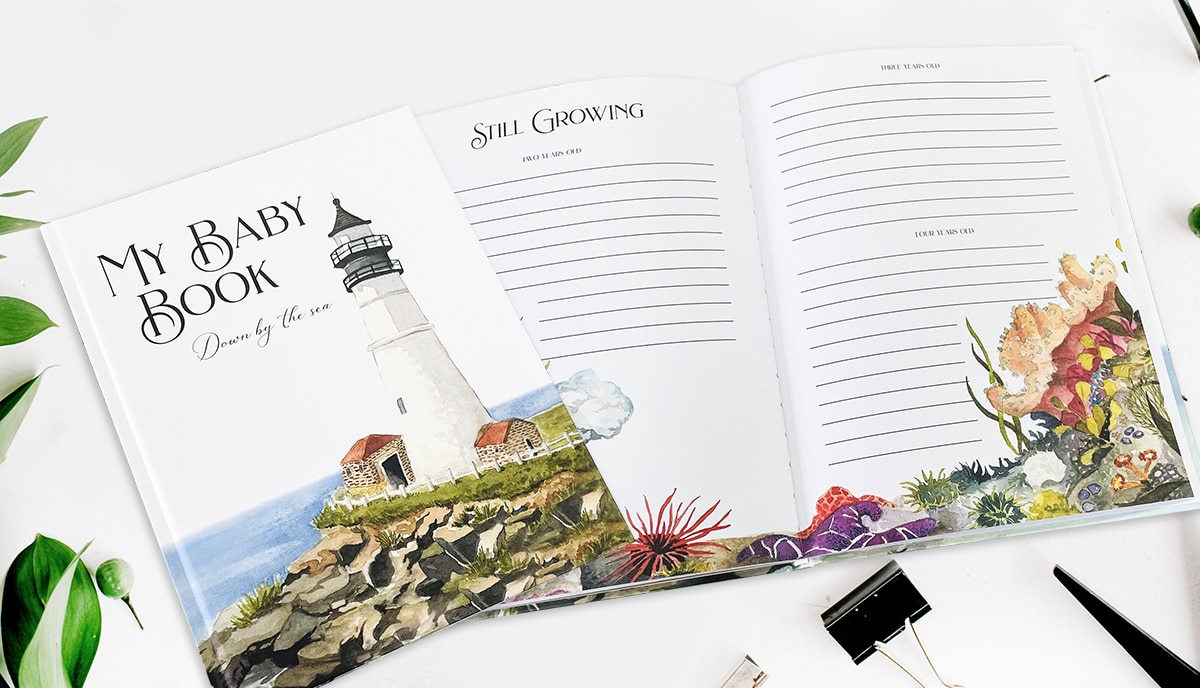
Differentiating between hardcover and paperback book sales
Okay, so we’ve covered the basics. Now, bearing all that in mind, you should think about several factors when you’re evaluating whether to publish or self-publish a hardcover edition of your book.
There is a substantial disparity between the costs of printing a book in paperback and those for a hardcover edition. The production and distribution of hardcover books are more expensive than those of paperbacks, too. Paperback publishing, on the other hand, often necessitates a larger initial expenditure without guaranteeing a satisfactory return.
Let’s look at a practical example. For instance, the price for a standard 248-page, 5.5″ by 8.5″ paperback using 250 gsm / 92 lb coated paper with gloss lamination for the cover and 80 gsm / 54 lb offset paper for the interior, printed with us, is about $9.00 per copy for 100 copies, going down to $1.69 per copy for 1000 copies.
Let’s say you sell at a standard retail price of $14 per copy. That’s a gross profit of $5 per copy if you printed 100 and $12.31 per copy on a 1000-copy print run.
Now, a hardcover edition with all other specifications than the binding the same would cost about $14.29 per copy for 100 copies, going down to $2.50 per copy if you order 1000 copies.
Selling at a standard retail price of $28 per copy, that’s a gross profit of $13.71 per copy if you printed only 100 and $25.50 per copy on a 1000-copy print run.
These calculations are based entirely on real cost quotations and standard retail prices in the US. As you can see, you make more than twice as much profit per copy on the hardcover edition compared to the paperback. But the hardcover production costs are less than 35% more than the paperback.
So, do authors make more money from hardcover books? Well, as you can see the answer is not clear cut. But the potential is definitely there.
If you’d like to check out the relative costs of other specifications, you can use our super-easy online print cost calculator — that’s what we did!
Classification of books and readers
It’s also worth remembering that many genres and styles of books are never published in paperback edition in any case, or very rarely so. The following categories of literature usually never appear in paperback but always in hardcover:
Notably, hardcover sales are particularly robust for first editions of fiction novels. As we already noted, many traditional publishers are notorious for saturating the market with advertisements for “the next best seller” and releasing books with glitzy dust jackets in an effort to entice customers and boost reviews. And they do it because it works!
However, devoted fans will snap up those first hardcover editions, others know that by waiting a year or so for the paperback publication, they can save 50 percent off the hardcover price. But, as you can see, there is a ready and willing readership for both hardcover and paperback publications. So, as a self-publisher, given the relatively low production costs and high profit margins on hardcover printing, why not take advantage of both?
To find out more about our world-class, competitively-priced, comprehensive hardcover book design and printing services, go here.
Let’s talk!
As a premium supplement to your self-publishing plan or as a stand-alone business idea, designing and printing an exclusive, high-end hardcover book is always a pleasant creative undertaking that adds tremendous value to your published work portfolio. Get in touch today to chat through your needs or to ask for a no-obligation quote. We can’t wait to help you make your custom hardcover book a great success!
